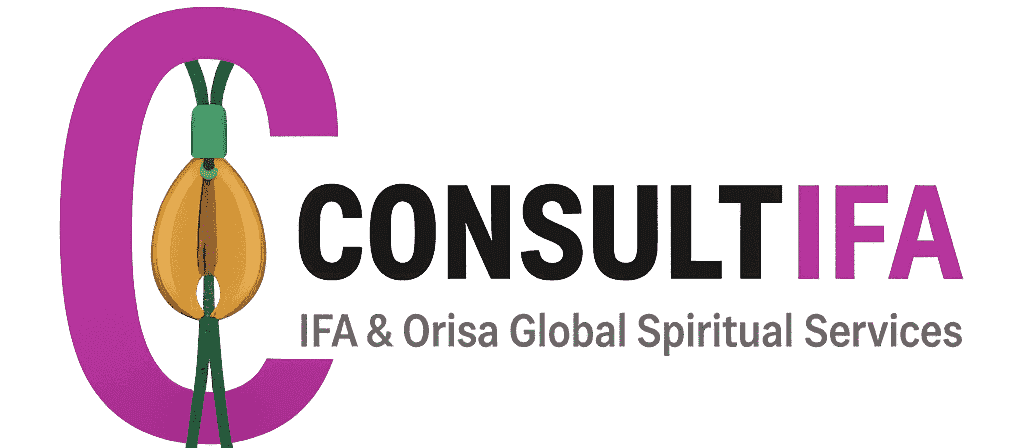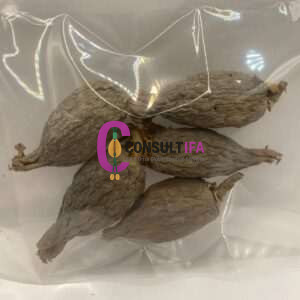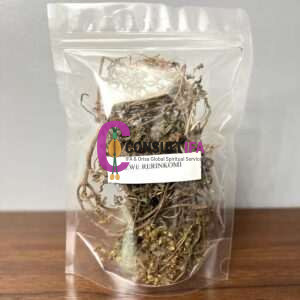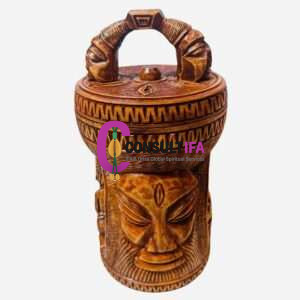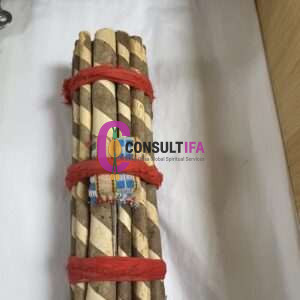Scroll down to uncover thrilling African dragon myths and see how they compare to your favorite TV show’s dragons. Discover your heritage through these captivating stories.
1. Nyami Nyami
Princess Baela Targaryen riding Moondancer in ‘HOUSE OF THE DRAGON’ Season 2
Nyami Nyami, known as the Zambezi River god, is often depicted as a dragon-like serpent. This mythological creature has the body of a snake and is sometimes described with a fish-like head. In African folklore, Nyami Nyami is believed to control life in and around the river.
The Tonga people hold Nyami Nyami in high regard, associating him with protection and sustenance. This god’s powers are said to influence weather patterns and water levels. During times of drought or famine, the Tonga would perform rituals to appease Nyami Nyami, believing that his favor would bring rain and abundant harvests.
An example of Nyami Nyami’s influence can be seen during the construction of the Kariba Dam in the 1950s. Workers reported seeing a large snake-like creature in the river, which they believed was Nyami Nyami. Subsequently, several natural disasters occurred, including unexpected floods that destroyed parts of the dam. Many locals attributed these events to Nyami Nyami’s displeasure with the dam disrupting his domain.
Nyami Nyami is also portrayed in various forms of art. His image appears on traditional carvings, jewelry, and even modern sculptures. These artistic representations serve as reminders of his power and significance in Tonga mythology.
In addition to controlling natural elements, some myths describe Nyami Nyami as having healing powers. He could cure illnesses and injuries among humans who lived near the Zambezi River. This belief underscores his role as a benevolent protector of his people.
2. Aido-Hwedo
Aido-Hwedo, known as the rainbow serpent in Dahomey mythology, symbolizes creation and fertility. This mythical creature is believed to support the earth by coiling around it, preventing it from collapsing. The idea of a life dragon holding up the world highlights its importance in maintaining balance and stability.
In Dahomey beliefs, Aido-Hwedo is associated with both the sky and the sea. This connection links heaven and earth, showing how this dragon plays a crucial part in uniting different elements of the world. Aido-Hwedo’s dual association represents harmony between natural forces.
One unique feature of Aido-Hwedo is its role in creation myths. According to legend, when Aido-Hwedo moves, it causes earthquakes, symbolizing its power over the earth. This movement is not just destructive; it’s also seen as a sign of fertility and renewal. For example, after an earthquake, new land can form, which can be used for agriculture.
Another interesting aspect is that Aido-Hwedo lives in both fresh and saltwater. This adaptability emphasizes its versatility and significance in various environments. In some stories, Aido-Hwedo carries the creator god Mawu on its back across the primordial waters during the creation of the world.
3. Inkanyamba
Inkanyamba is a giant serpent in South African folklore. It lives in waterfalls and lakes. People believe it causes severe storms and tornadoes when angered. This makes the creature both feared and respected.
The Inkanyamba is often linked to ancestral spirits. Many locals see it as a guardian of natural water sources. This connection to ancestors adds a layer of spiritual significance. Some people even perform rituals to appease the Inkanyamba.
One unique feature of the Inkanyamba is its association with rainbows. In many stories, a rainbow appears after the serpent has been active. This ties the creature to both rain and wisdom. The rainbow symbolizes hope and renewal, making the Inkanyamba a complex figure.
In terms of physical appearance, the Inkanyamba is described as having a horse-like head. Its body resembles that of a snake, making it an unusual sight. Some stories say it can grow to enormous sizes, adding to its fearsome reputation.
Real-life examples show how deeply this myth impacts local communities. For instance, during severe weather events, some people blame the Inkanyamba. They believe that showing respect to the serpent can help calm the storm.
4. Grootslang
Grootslang is a legendary creature from South African mythology, known for being part elephant and part serpent. It inhabits deep caves and underground lakes filled with treasure.
The Grootslang’s immense strength and cunning nature make it a feared creature. According to legends, it often lures victims with precious gems. This combination of brute force and intelligence makes the Grootslang unique among mythical creatures.
In many cultures, tales of the Grootslang have been passed down for years. The creature is said to dwell in a specific cave called the “Wonder Hole” in Richtersveld, South Africa. This cave is believed to be connected to the sea, filled with diamonds and other treasures.
A notable story involves an explorer named Peter Grayson who disappeared in 1917 while searching for the Grootslang’s treasure. His disappearance added to the fear and mystery surrounding this mythical beast.
Grootslangs are not just feared for their strength but also for their ability to outsmart humans. Legends say that they can sense greed and use it to their advantage, making them even more dangerous.
The lore of the Grootslang serves as a cautionary tale about greed and the unknown. Despite numerous expeditions, no one has ever confirmed the existence of this creature or its lair. However, the stories continue to capture imaginations, keeping the legend alive.
5. Ninki Nanka
Ninki Nanka is a dragon-like creature from West African folklore, particularly among the Gambia River region. It is described as a large reptilian beast with a long neck and powerful tail. People in this region often share stories about its terrifying presence.
The Ninki Nanka is believed to bring misfortune or death to those who encounter it. This makes it a cautionary tale for children and adults alike. Many parents use these stories to warn their kids against wandering too far from home.
In Gambian culture, the Ninki Nanka’s appearance is often linked with bad luck. For example, if someone falls ill after being near the river, locals might say they have seen the Ninki Nanka. This belief has deep roots in the community and adds a layer of mystery to the river area.
Unlike other dragons in global mythologies, the Ninki Nanka has unique features that set it apart. Its long neck and powerful tail are reminiscent of a naga, a type of serpent-like being found in other cultures. These elements make the Ninki Nanka stand out among African mythical creatures.
There are no scientific records or physical evidence proving the existence of the Ninki Nanka. However, its legend persists through oral traditions and local storytelling. These tales keep the myth alive and continue to fascinate both locals and tourists.
Closing Thoughts
African mythologies are brimming with fascinating dragons like Nyami Nyami, Aido-Hwedo, Inkanyamba, Grootslang, and Ninki Nanka. These legendary creatures reflect the rich cultural heritage and diverse beliefs across the continent. They tell stories of power, protection, and mystery that captivate our imaginations.
